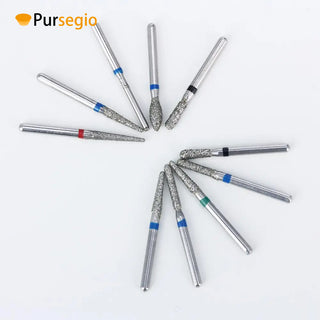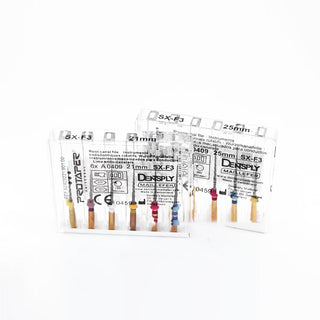When it comes to dental care, choosing the right tools is crucial for maintaining oral health. One important tool in a dentist's arsenal is the dental polishing tool. But with so many options available, how do you choose the right one? Here are some factors to consider:
1. Quality and Durability
First and foremost, you want a dental polishing tool that is of high quality and built to last. Look for tools made from durable materials such as stainless steel or diamond-coated tips. These materials ensure longevity and effectiveness in polishing teeth.
2. Compatibility
Not all dental polishing tools are compatible with every dental unit. It is essential to check the compatibility of the tool with your specific dental unit. Ensure that the tool can be easily attached and used with your existing equipment.
3. Speed and Power
The speed and power of a dental polishing tool can greatly impact its performance. Look for tools that offer adjustable speed settings, allowing you to customize the polishing process according to the patient's needs. Additionally, consider the power source of the tool. Some tools are battery-operated, while others require a power outlet.
4. Ergonomics
Dental professionals spend long hours using dental polishing tools, so ergonomics play a vital role in preventing fatigue and discomfort. Look for tools with ergonomic designs that provide a comfortable grip and reduce hand strain. This will ensure a more efficient and comfortable polishing experience.
5. Versatility
Opt for a dental polishing tool that offers versatility in terms of the range of procedures it can perform. Look for tools that can be used for various polishing techniques, such as stain removal, plaque removal, and surface smoothing. This will allow you to cater to a wide range of patient needs.
6. Ease of Maintenance
Consider the ease of maintenance when choosing a dental polishing tool. Look for tools that are easy to clean and sterilize to maintain proper infection control protocols. Additionally, check if the tool requires any specific maintenance procedures or replacement parts.
Conclusion
Choosing the right dental polishing tool is essential for providing effective dental care. Consider factors such as quality, compatibility, speed and power, ergonomics, versatility, and ease of maintenance. By carefully evaluating these factors, you can select a dental polishing tool that meets your specific needs and ensures optimal oral health for your patients.














